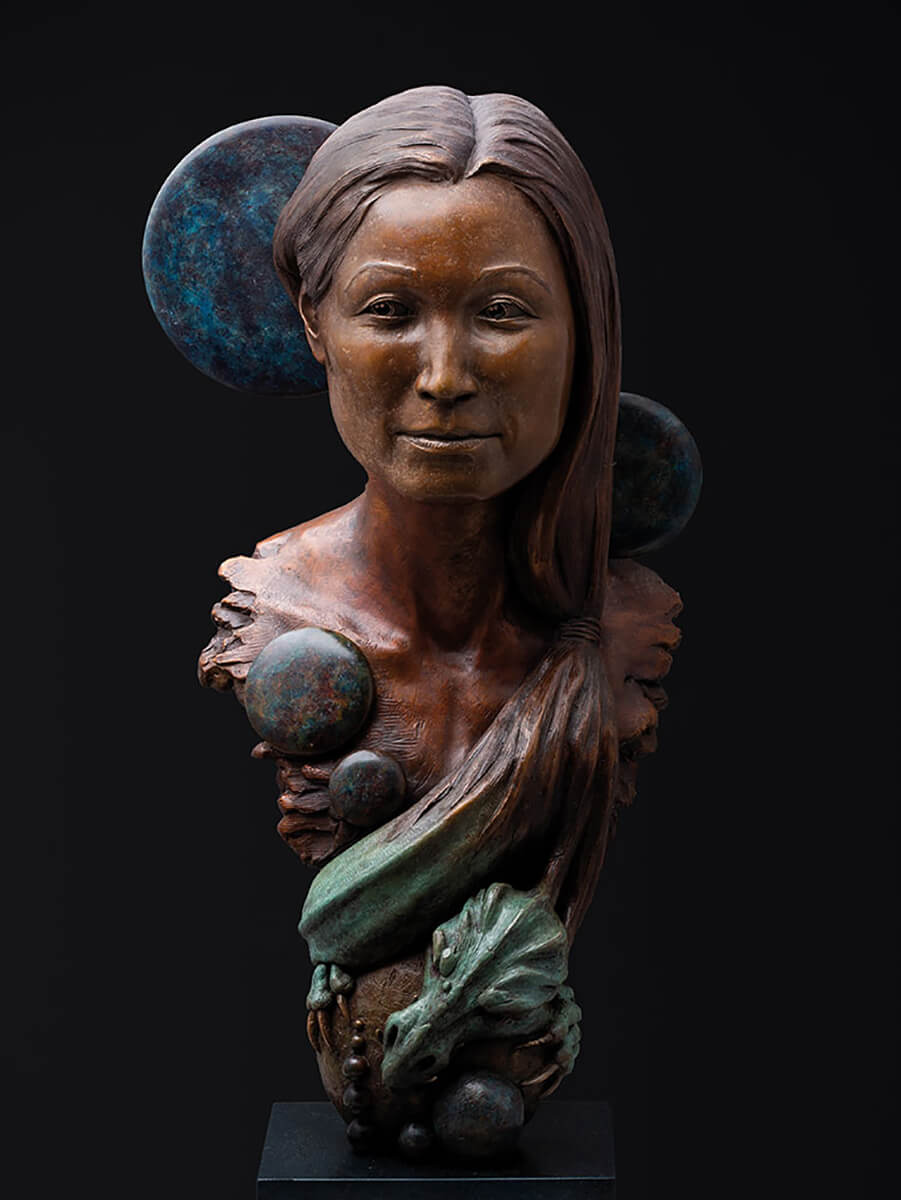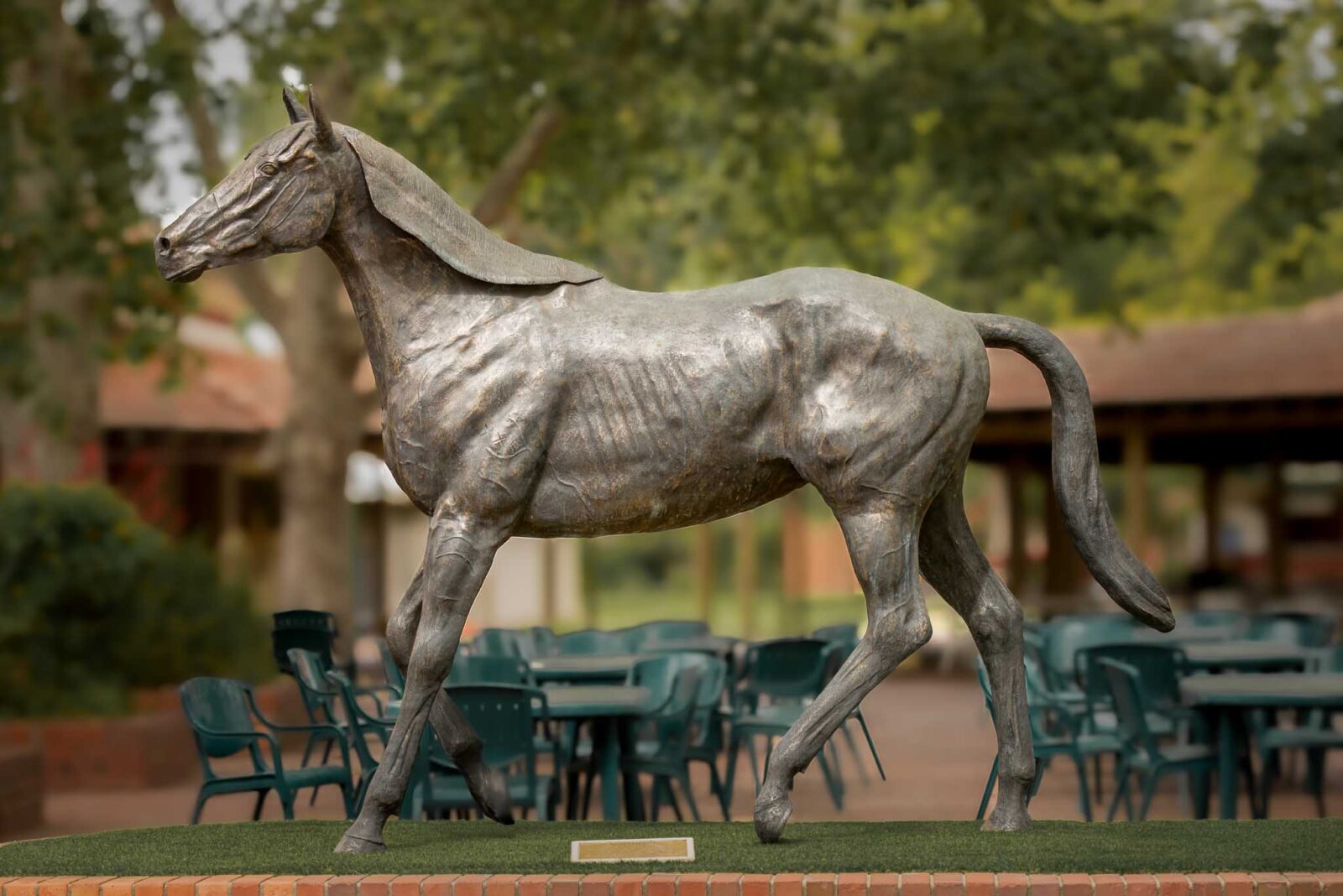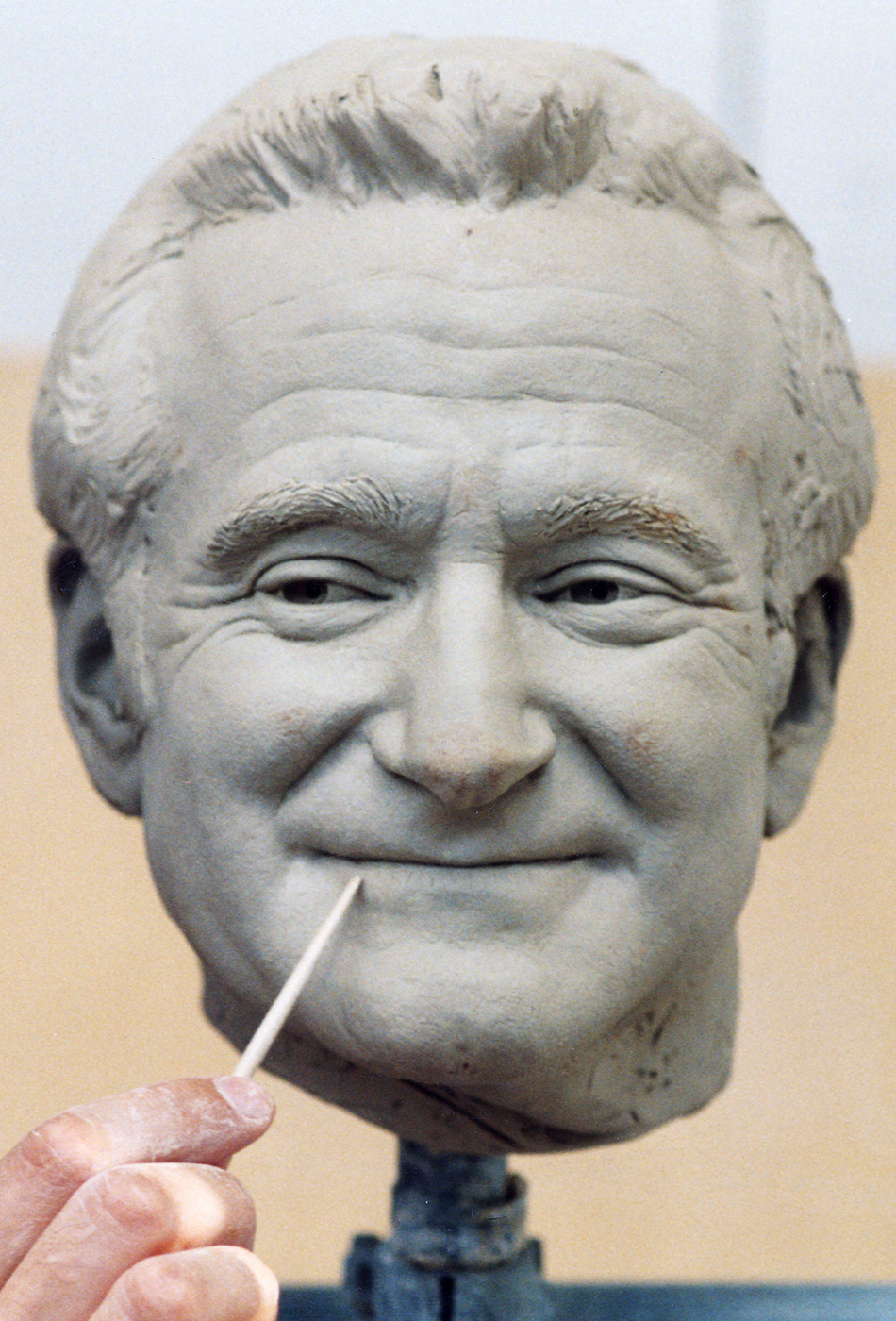Bronze Sculptures: Timeless Artistry Cast in Bronze
Wiki Article
Shaping the Human Type: Representations of the Body in Sculpture
Forming the Human Kind: Representations of the Body in Sculpture is a comprehensive exploration of the artistic representation of the human body throughout background. This event explores the numerous strategies, styles, and cultural point of views that have shaped the way artists have actually represented the human kind in sculpture. From the exquisite marble sculptures of ancient Greece to the elaborate masterpieces of the Renaissance, from the flamboyant and elaborate Baroque and Rococo sculptures to the avant-garde and abstract expressions of modern and modern sculpture, this event uses a fascinating journey through the evolution of this ageless art type - Equine Sculptures. By examining the diverse analyses and depictions of the human body, site visitors will acquire a much deeper understanding of the imaginative, cultural, and societal impacts that have actually shaped our perception of the human type.Old Greek Sculptures

One of the specifying features of Old Greek sculptures is their emphasis on proportion. Each component of the body is carefully crafted to be symmetrical to the whole, producing a feeling of equilibrium and consistency. The artists paid careful attention to every information, from the positioning of muscular tissues to the positioning of limbs, guaranteeing that each figure appeared both powerful and graceful.
Instead than portraying the flaws and imperfections of the human form, they looked for to create an idealized version of fact. The sculptures often depicted gods, athletes, and goddesses, with their bodies shaped to excellence.
Renaissance Masterpieces
Proceeding the expedition of the portrayal of the human form in sculpture, Renaissance masterpieces even more fine-tune the idealized idea of appeal, structure upon the unified and balanced percentages of their Old Greek precursors. Throughout the Renaissance duration, which extended from the 14th to the 17th century in Europe, artists sought to restore the classic suitables of ancient Greece and Rome. They examined and mimicked the works of the ancient masters, striving for a reasonable representation of the human body.
Among one of the most renowned Renaissance sculptors was Michelangelo Buonarroti. His work of art, the sculpture of David, exhibits the excellence and elegance that became synonymous with Renaissance art. Standing at over 17 feet tall, the sculpture represents the scriptural hero in a state of calmness before his battle with Goliath. David's muscle body, caught with outstanding detail, reveals the artist's proficiency of human makeup.
An additional remarkable Renaissance carver was Donatello. His sculpture of Saint George, created in the very early 15th century, showcases the artist's capacity to communicate strength and nobility through the human form. The statuary portrays the fabulous dragon-slaying saint in a poised and certain position, exhibiting a sense of heroism.
Renaissance masterpieces not just commemorated the physical elegance of the human body yet additionally communicated deeper feelings and significances. Via their careful attention to information and competent workmanship, Renaissance carvers boosted the art of sculpture to new elevations, leaving a long lasting heritage that continues to motivate artists to now.
Baroque and Rococo Sculpture
Rococo and baroque sculpture exemplifies the luxuriant and extravagant portrayal of the human form throughout the 17th and 18th centuries. Identified by its remarkable and vibrant design, Baroque sculpture aimed to mesmerize visitors through its magnificence and psychological intensity. Artists such as Gian Lorenzo Bernini and Alessandro Algardi produced sculptures that shared movement, commonly depicting figures in remarkable postures. Making use of light and shadow better improved the sense of dramatization, developing a staged effect.
Rococo sculpture, on the other hand, emerged as a response to the grandiosity of the Baroque duration. They commonly depicted figures in graceful and sensuous positions, reflecting the laid-back and wayward nature of the Rococo design.
Both Baroque and Rococo sculpture placed a fantastic focus on the human kind, celebrating its beauty and sharing a series of emotions - Contemporary Sculptures. Whether it was the dynamic and effective numbers of the Baroque or the stylish and enchanting numbers of the Rococo, these sculptures caught the essence of the human experience, leaving a lasting influence on the art world
Modern and Contemporary Sculpture
The evolution of forming the human form proceeds in modern and contemporary sculpture. With the advent of brand-new materials and strategies, artists have actually pushed the borders of representation, testing standard concepts of kind and beauty. Modern sculpture emerged in the late 19th century as a feedback to the transforming political and social landscape. Artists such as Auguste Rodin and Constantin Brancusi looked for to record the significance of the human type, emphasizing feeling and motion. Rodin's "The Thinker" and Brancusi's "Bird precede" are famous examples of this period.In the 20th century, the rise of abstraction and conceptual art brought new opportunities for carvers. Musicians like Henry Moore and Barbara Hepworth explored the relationship between type and room, developing organic and abstracted figures that challenged standard notions of representation. Moore's significant bronze sculptures and Hepworth's sculpted rock jobs are commemorated for their innovative use materials and their ability to evoke a sense of the human body in a non-literal method.
Contemporary sculpture continues to press the borders of depiction and discover brand-new products and strategies. Musicians like Antony Gormley and Ron Mueck develop hyper-realistic sculptures that test our assumption of the body, while others, such as Louise Bourgeois and Kiki Smith, make use of the body as an allegory for collective and personal experiences. The human form remains a powerful subject in sculpture, providing a platform for musicians to discover identification, feeling, and the human condition.
Cultural Perspectives on the Body

In the exploration of forming the human type, the evaluation of cultural viewpoints on the human body discloses a rich and diverse tapestry of representations and analyses. Throughout background, different societies have held unique ideas and values regarding the body, leading to distinct imaginative expressions - Bronze Sculptures. These social viewpoints form the way the human body is portrayed and viewed in sculpture, showing social standards, spiritual ideas, and visual perfects
As an example, ancient Greek sculptures celebrated the idealized human type, highlighting physical appeal and athleticism. The sculptures depicted gods, heroes, and professional athletes with flawlessly proportioned bodies, personifying the Greek principle of physical excellence. In comparison, old Egyptian sculptures concentrated on the preservation of the body in the afterlife, depicting figures with idyllic attributes and inflexible stances. The Egyptians thought that the body must be provided in a manner that ensured its everlasting existence.
Likewise, cultural perspectives on the body in African art commonly emphasize public identity and spiritual beliefs (Portrait Sculptor). Sculptures from numerous African cultures depict the human body with overstated attributes, representing social worths and ancestral links. Native cultures in the Americas additionally have distinct viewpoints on the human body, commonly depicting it in a spiritual context and emphasizing the connection between humans and nature
The examination of cultural point of views on the human body in sculpture allows us to gain insight into the values, beliefs, and appearances of different cultures throughout history. It highlights the variety of human experiences and the methods which art mirrors and shapes our understanding of the human type.

Conclusion
Finally, the representation of the human body in sculpture has actually progressed in time, mirroring different cultural point of views and artistic activities. From the idyllic figures of Old Greek sculptures to the sensible and emotive Renaissance work of arts, why not try this out and the elaborate information of Baroque and Rococo sculptures, to the abstract and experimental types of modern and modern sculpture. The body has been a topic of fascination and artistic expedition throughout history, showcasing the varied interpretations and expressions of the human kind.Sculpting the Human Kind: Portrayals of the Body in Sculpture is a detailed exploration of the creative depiction of the human body throughout history. From the charming marble sculptures of ancient Greece to the complex work of arts of the Renaissance, from the luxuriant and flamboyant Baroque and Rococo sculptures to the avant-garde and abstract expressions of contemporary and modern sculpture, this exhibition provides an exciting trip through the development of this classic art form. Artists like Antony Gormley and Ron Mueck develop hyper-realistic sculptures that test our perception of the human body, while others, such as Louise Bourgeois and Kiki Smith, utilize the body as an allegory for collective and personal experiences. The human type continues to be an effective subject in sculpture, offering a platform for musicians to discover identification, emotion, and the human condition.
From the idealized figures of Ancient Greek sculptures to the emotive and reasonable Renaissance work of arts, and the complex information of Baroque and Rococo sculptures, to the abstract and speculative kinds of modern and contemporary sculpture.
Report this wiki page